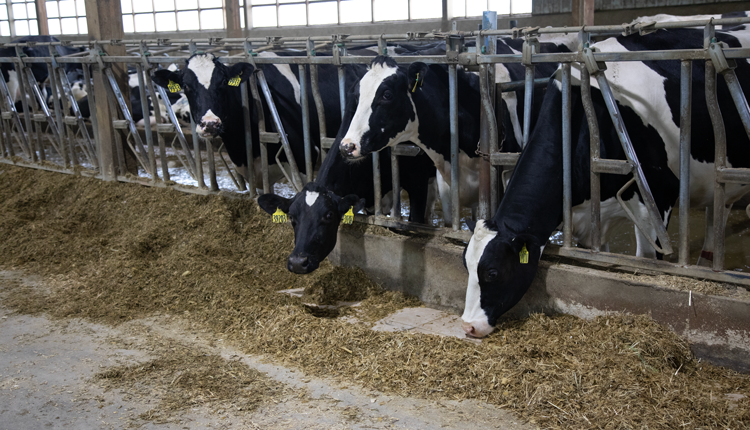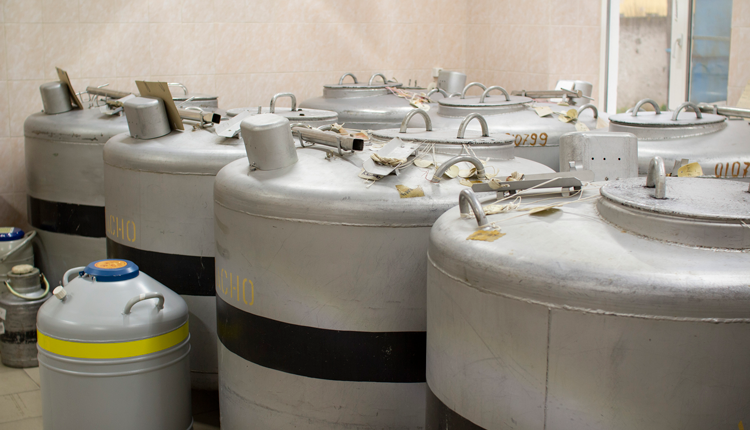
Livestock feed prices are on the rise, and there’s no clear sign when that trend will reverse. These escalating costs may have dairy farmers reconsidering their current rations.
“Change is happening,” said University of Illinois’ Mike Hutjens during the April Hoard’s Dairyman webinar, “Feeding cows with $5 corn and $450 soybean meal.” He went into more detail on prices for the major ingredients used to feed dairy cattle.
Earlier this month, corn grain price had reached $5.40 per bushel. Soybeans were at $14.20 per bushel, and Hutjens said soybean meal was up $100 per ton compared to last summer. Prices for high-quality hay are also moving upward, reaching $200 a ton. Similarly, the price for distillers grains was climbing due to the high corn price and growing exports to China and other countries.
“Corn and soybeans tend to pull other feed ingredients with them,” Hutjens explained.
According to planting estimates released by the USDA in February, U.S soybean acres are expected to be up 8.3% this year; corn acres, up 1.3%; wheat acres, up 1.6%; and cotton acres, down 1%. Still, Hutjens said a lot of questions remain about the size of the 2021 crop at this point.
“In June we will have a better picture because we will know where our acreages are at,” he said. “In August and September, we will know what the crop looks like standing out there in the field.”
Coupled with these high feed prices are unpredictable milk prices. Hutjens encourages farmers, nutritionists, and dairy consultants to “hang on to their hats” amid the uncertainty of what milk prices will do for the remainder of 2021.
In contrast to these fluctuating prices are the basic requirements of a dairy cow. “Some things just don’t change,” Hutjens said when it comes to nutritional needs. “Cows don’t change much even if corn goes up to $6 a bushel.”
For starters, he shared that dairy cows need amino acids, glucose, energy, and fatty acids to produce milk and milk components, and in some cases to maintain fertility and build on immunity.
Next, optimal milk yield means optimal profitability. “High-producing cows make a lot of money, so I don’t want to give up much milk,” he noted.
In addition, he said dry matter intake dictates nutrient intake. “If we start making changes that lower dry matter intake, we may need to change nutrient density or suffer the consequences,” Hutjens explained.
His final point was that rumen fermentation is a must and should be optimized.
“These things have not changed with our current feed prices,” he reiterated.
To learn more, watch the April Hoard’s Dairyman webinar, “Feeding cows with $5 corn and $450 soybean meal." The webinar was sponsored by Kuhn.






